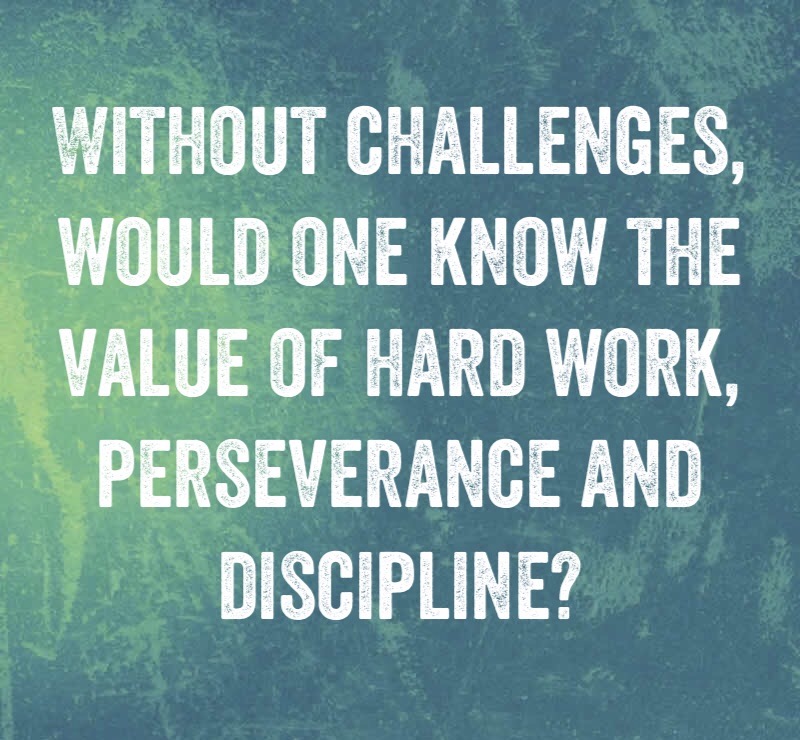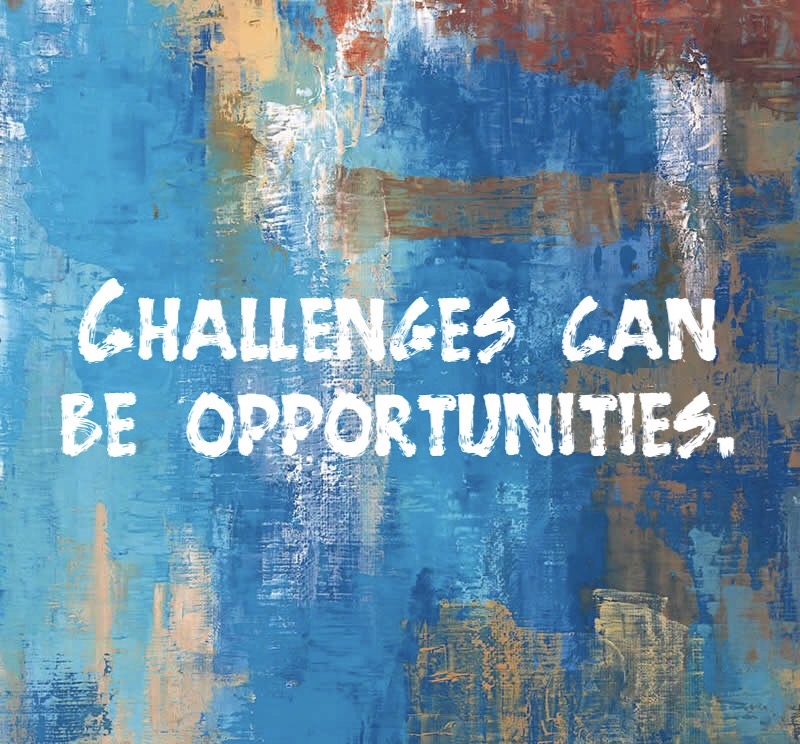Challenges & Limitations: Are they the same thing?
 Challenges & Limitations: Are they the same thing? Can challenges lead to limitations? Can challenges open the door to opportunity?
This blog has been written as something to consider and maybe even open the door for conversation, inspired by nature itself. (Side note: there is much to be learned by observing and appreciating who and what we are surrounded by.)
Challenges & Limitations: Are they the same thing? Can challenges lead to limitations? Can challenges open the door to opportunity?
This blog has been written as something to consider and maybe even open the door for conversation, inspired by nature itself. (Side note: there is much to be learned by observing and appreciating who and what we are surrounded by.)
Are challenges limitations? I was watching a nature documentary recently, titled "Africa's Deadliest," I couldn't help but notice the sheer number of animals with physical and perhaps geographical challenges that may serve to box the animal in or by which we are able to identify the animal as it's species. For example, the crocodile is regarded as a fierce predator, who has intense bite force and is able to take out animals that are equal or larger in size. The water is where the crocodile's greatest strength is realized because of its ability to ambush prey, often by surprise as they draw closer by holding their breath underwater.
You might say that the water is the croc's livelihood. However, the crocodile's teeth are not designed to tear and chew it's prey once caught and suffocated. Instead the crocodiles must group together and rely on each other to tear prey and then swallow it whole. Not only that, crocodiles are sloppy & less balanced and effective while on land versus in the water. You might say that the challenges that the crocodile experiences are opportunities for them to capitalize on their strengths and/or cooperate with other crocodiles in order to accomplish the task at hand. Are these challenges experienced by crocodiles also their limitation? Well that depends on how you view it.
 Let's take another example. The cheetah is hugely regarded as the fastest land animal on Earth reaching speeds of 65 miles per hour or more. This is of course a feature that enables the cheetah to attain its prey when it travels at intense speeds. Unlike its counterparts and related species, it is able to traverse distances in order to reach what may otherwise be unreachable. A drawback however is the need for cheetahs to recuperate after traveling at such immense speed before it can devour what it's speed allowed it to reach and overtake. In fact, the documentary identifies that the cheetah becomes so overheated that it is close to going brain dead after working so intensely to feed itself. If this wasn’t enough, the cheetah then has to deal with the lions and hyenas, opportunists, that pose a serious threat to the cheetah itself, not to mention its prey being stolen. Is the cheetah’s speed a challenge or a limitation?
Let's take another example. The cheetah is hugely regarded as the fastest land animal on Earth reaching speeds of 65 miles per hour or more. This is of course a feature that enables the cheetah to attain its prey when it travels at intense speeds. Unlike its counterparts and related species, it is able to traverse distances in order to reach what may otherwise be unreachable. A drawback however is the need for cheetahs to recuperate after traveling at such immense speed before it can devour what it's speed allowed it to reach and overtake. In fact, the documentary identifies that the cheetah becomes so overheated that it is close to going brain dead after working so intensely to feed itself. If this wasn’t enough, the cheetah then has to deal with the lions and hyenas, opportunists, that pose a serious threat to the cheetah itself, not to mention its prey being stolen. Is the cheetah’s speed a challenge or a limitation?
A third example is the Monarch butterfly, a delicate creature, faces more than one challenge in its lifetime. Of its challenges are habitat loss, pesticides and herbicides, and climate change. Starting out as a caterpillar, eating constantly, it has to undergo a complete physical change, only to have a limited lifespan once its metamorphosis has taken place. An average butterfly has an average life span of two weeks in which it must carry out its life obligations in order to ensure that generations behind it may carry on, survival in mind.
And so now we attempt to bring it home, to the crux of the matter, the reality of the world we live in today. We all have challenges, animals and human beings alike. We all have things that we face on the daily that we have the opportunity to overcome. If we sat here and thought long enough, we would be able to identify challenges for each animal and even plant on the face of the earth. All living things face obstacles and challenges that “challenge” the existence and survival of the species. Could we ask the cactus plant to stop sucking up water so that it can survive during the harsh times of drought? Could we ask the kangaroo to stop digging holes into the ground in order to cool itself in times of extreme heat? Would it be appropriate to ask the alligators and crocodiles to remain in the water so they do not threaten our existence on the earth? The truth is that challenges can be viewed as obstacles, but are not necessarily limitations at all. They are opportunities to be creative, adapt and find ways to conquer what could have conquered you. We fill continue to face challenges but we do not have to allow those challenges to keep us from moving forward in the best way possible. 
So let’s think about education and the roles we have. Our students. Do they have challenges? You bet they do! We as the educators face challenges as well. Our students have various backgrounds, cultures, experiences, values, morals and beliefs that may not necessarily line up with the next person. Does that mean they are any less valuable? Of course not, but perhaps these challenges are opportunities to learn how to embrace and celebrate the various aspects of our world that make it unique and diverse. Where would we be without challenges? We’d never learn how amazing the world and those therein truly are without challenges. We’d never see the bravery if there was nothing to fear. We’d never know love, if rejection wasn’t a reality. We’d never see the stars if they didn’t shine in the middle of darkness. We’d never know the opportunity ahead without the challenges that propel us to pursue with patience that which lies before us! Turn your challenge into an opportunity, don’t let it limit you.

